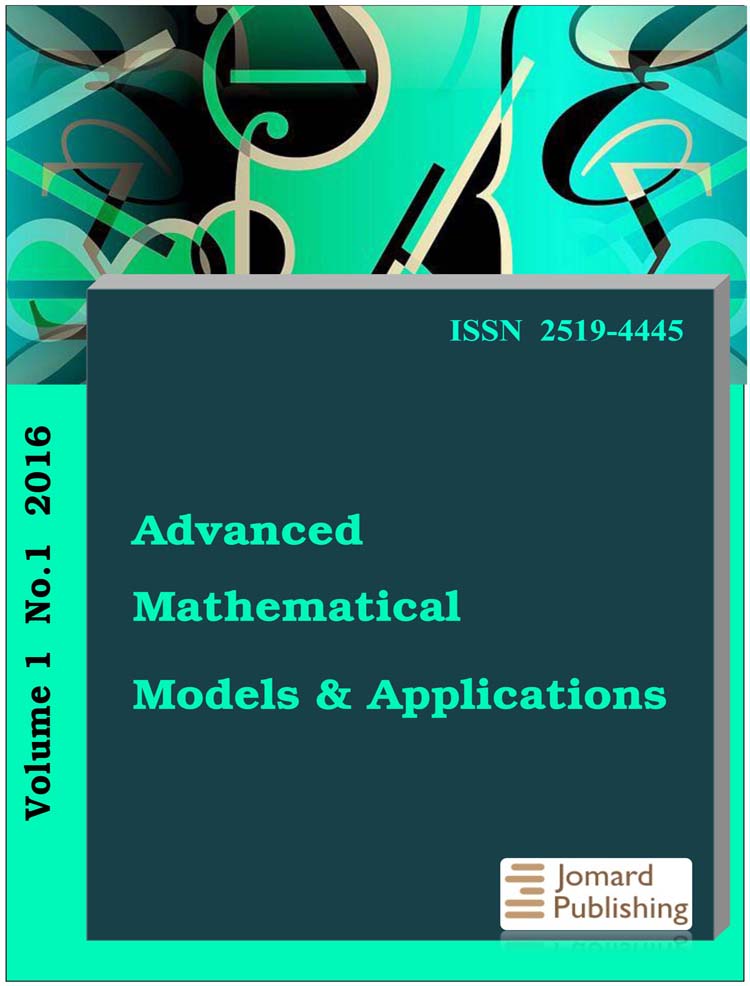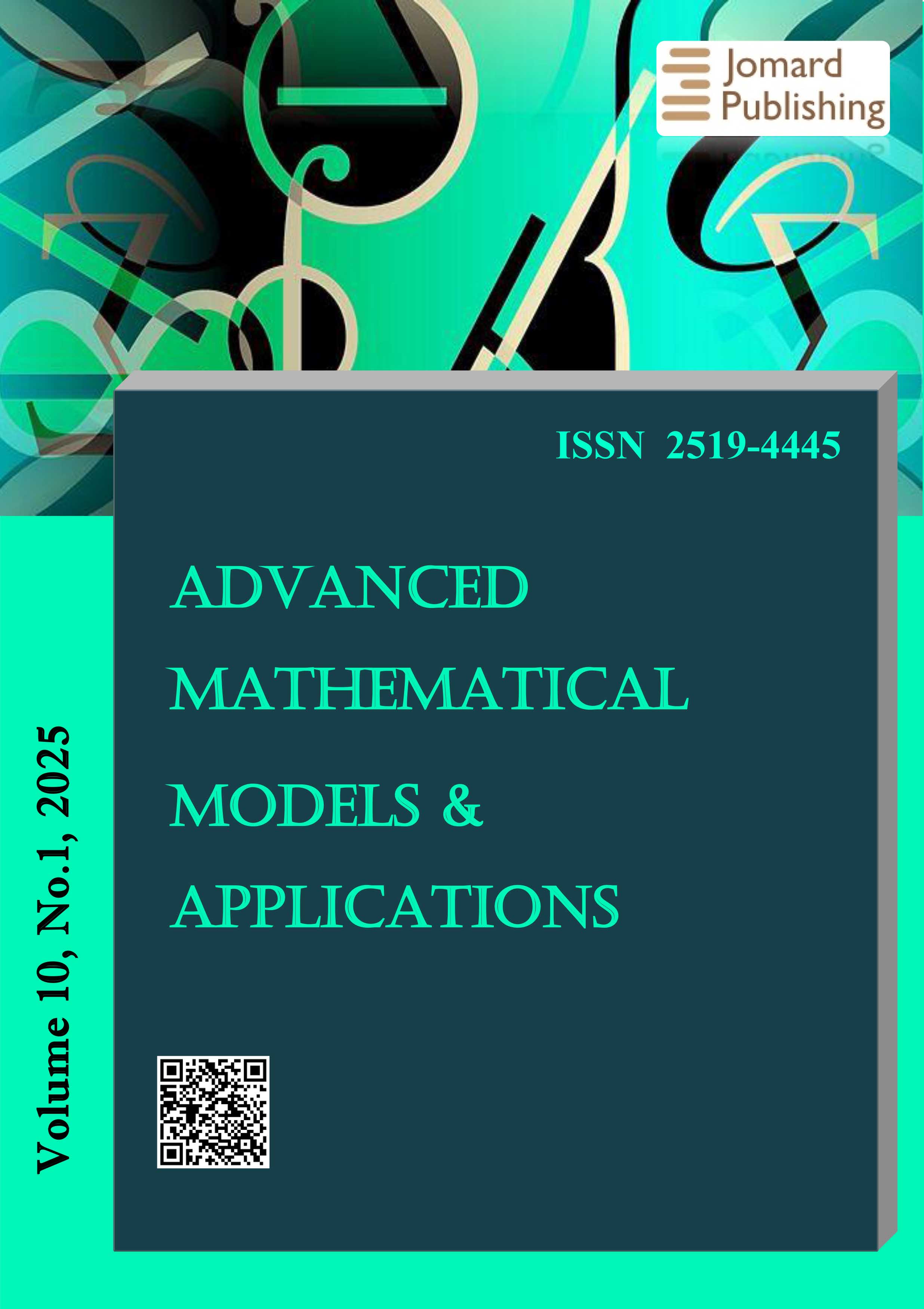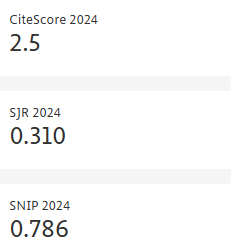Theoretical Modeling of the Spatial Distribution of Frequency Sensitivity in the Basilar Membrane
- Published: 11-04-2025
Share
Hearing loss, often caused by prolonged exposure to loud noises, is a critical public health issue, with the basilar membrane in the cochlea playing a central role in this process. The basilar membrane’s ability to differentiate sound frequencies is vital for auditory perception, yet its response to noise exposure and the subsequent damage to cochlear hair cells are not fully understood. This gap provides a platform to propose a dynamic-cum-statistical modelling approach to understand the basilar membrane’s response to various sound frequencies and the impact of noise-induced disturbances on hearing. The model incorporates a position-dependent sensitivity function along the basilar membrane and accounts for both normal and toxic frequencies. By integrating sensitivity and damage functions, the model demonstrates how different frequencies are processed along the basilar membrane and evaluates the potential for hair cell damage. We establish the log-normal nature of accumulated damage, and exploit this feature to develop quantifiable measurables that can be subjected to statistical analysis of probability, mean, variance, and standard deviation. Theoretical results indicate mechanisms for probability risk assessment, measuring membrane vulnerability through spatial mapping, and sensitivity dynamics to exposure to toxic frequencies. The results emphasize the importance of considering cumulative damage and spatial variability in sensitivity when assessing the risk of hearing loss due to sound exposure. Further refinement of the model to account for individual variations in basilar membrane structure and noise exposure patterns is recommended.
- View 842
- Downloads 132
- Saveds 0
- Citations (Crossref) 0


